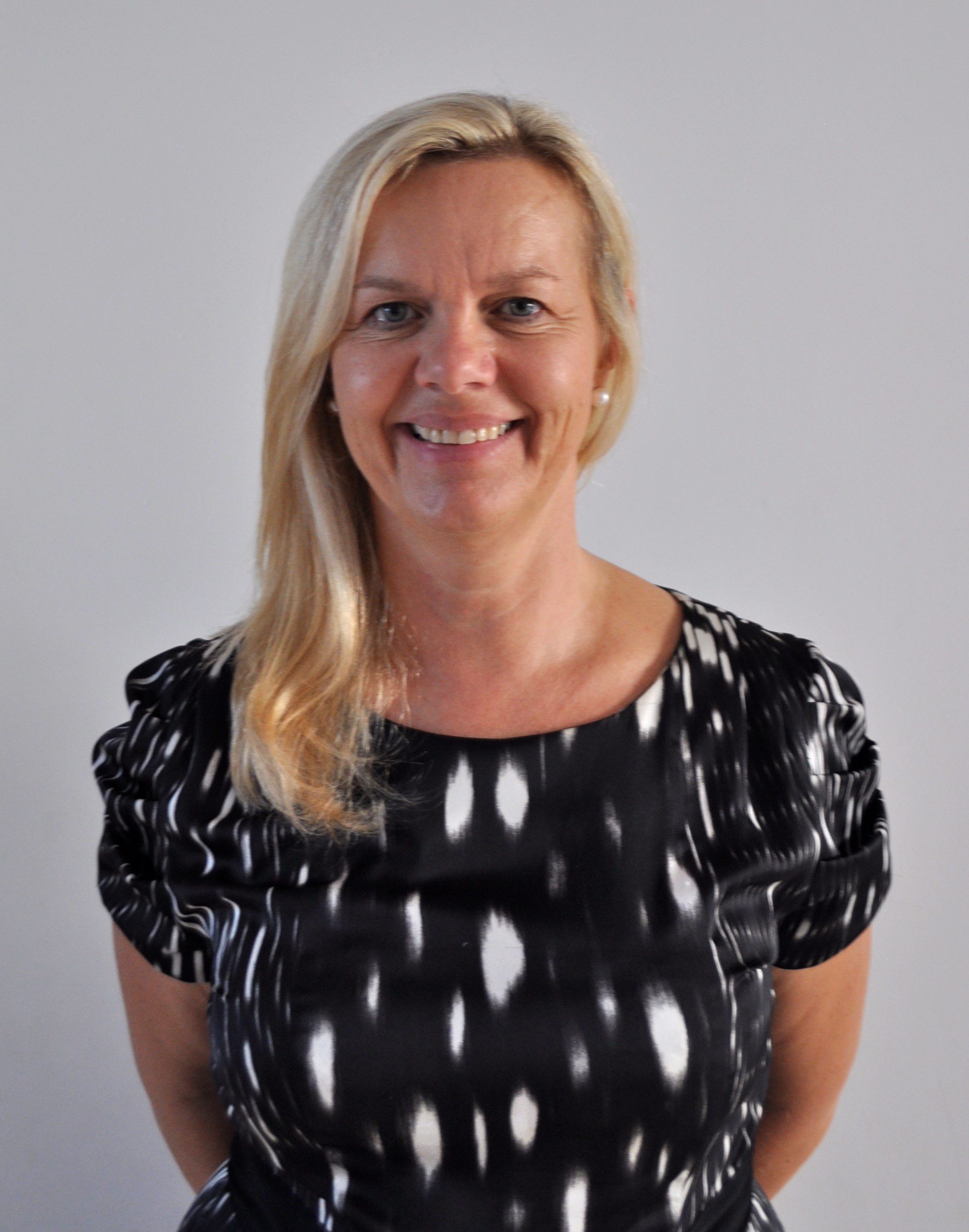
Help your potential female executives feel confident and competent to take the leadership plunge.
by Sarah Foster
August 4, 2016

Zsuzsanna Tungli will never forget one of her earliest experiences of gender inequality in the workplace. She was studying in Italy for her MBA, interviewing a female executive for a research project. “I was about to say, ‘Thank you and goodbye.’ This woman, who had never seen me before, suddenly talked about her problems as a woman leader; I was sitting there for another full hour.”
Tungli, the founder and managing partner for Developing Global Leaders Asia, and her team recently designed two new leadership programs specifically for women: an advance and thrive course for women in senior management and an acceleration course for women with five years of experience.
“There have been so many studies that show empowering women and putting more women in leadership positions isn’t just the right or the nice thing to do. It’s actually the smart thing for businesses,” Tungli explained. “To have more women involved leads to higher financial performance, more creativity and more innovation.”
Tungli spoke to Chief Learning Officer about building the right kind of female leadership development programs to accelerate their advancement in the workplace.
Foster: All people need to be developed into effective leaders. Why should companies create a program specific to the female demographic?

Tungli: The Sheryl Sandberg quote, “In the future, there will be no female leaders. There will just be leaders,” really resonates with me. At this moment, there is a place for just women-only leadership programs. Women-only programs provide a safe environment where you can discuss anything openly and honestly. I have seen the impact; people are able to open up. I really hope that it will be possible for mixed groups in the future. We are not quite there yet. But we feel strongly about how men have to be included.
Foster: How can men be included in these programs, and why is it important that they are?
Tungli: That is the most important part for gender equality: Men involvement. Without men, we cannot reach gender equality. People are more often ignorant than arrogant. Even in gender-equality issues, I don’t think men don’t want to do anything, but they don’t think about it, or they don’t know how to do something. Individually, as well as organizationally, we are biased, but we don’t know exactly when or how we are biased. Try to de-bias yourself and your organization. Include men and women in training programs about unconscious or subconscious bias. That would be the most important first step for men to be included.
Foster: What are the different types of female leadership development programs for companies?
Tungli: External programs and internal programs. It’s very important that organizations have a variety of initiatives because one is not going to change the culture. External programs offer mixing and sharing from other organizations and different backgrounds from people. They really widen your horizons on innovative solutions. Internal programs touch on more in-depth, company-related issues. Internal programs are very valuable in the sense that people feel valued and acknowledged. You see your leader coming to those programs, then you see that they take diversity seriously. The internal program should be only for the company, but it could be done by internal people, or they could invite some external people. I would send a few people to sample each learning program, to widen the horizon and thinking.
Foster: How should you organize your female leadership development program?
Tungli: The content is important; it has to be an excellent subject. We have an assessment before; we have workshops that include mentoring discussions. We are hoping to enhance leadership skills, career assessment, confidence and networking. Then, mentoring and coaching; the cultural intelligence and global mindset. But every time you ask participants what was the best thing they had? Sharing. Benchmark yourself against other organizations. How are you doing on diversity? How are you doing on the individual level? The more diverse a group is, the better their learning.
When you have one event without follow up, the learnings are much smaller. Most programs we design are leadership journeys. You should follow up six months after. I had experience where a program had fantastic energy, enthusiasm and learning, but there was no follow up. We all were far too busy to do what we intended in terms of reaching for our dreams.
Foster: At what level in the organization should women participate?
Tungli: There could be more junior and senior-level. That is quite important — to not just throw all female leaders together. If you don’t differentiate between different ages or levels, the networking and the sharing weakens. At the junior level, they may already have started their leadership roles or maybe are just getting into their first role. It’s not to frighten them about the potential gender issues they may come across but to learn some of the most essential skills they may need as female leaders or leaders in general. The senior female leaders [have] more than eight years of leadership experience. We would give them some added leadership skills but perhaps implant things deeper to further advance them in their career. Research finds that women sometimes lack confidence, even when we know we can do it. These programs will help overcome that hurdle as well.
Sarah Foster is an editorial intern for Chief Learning Officer. To comment, email editor@CLOmedia.com.



